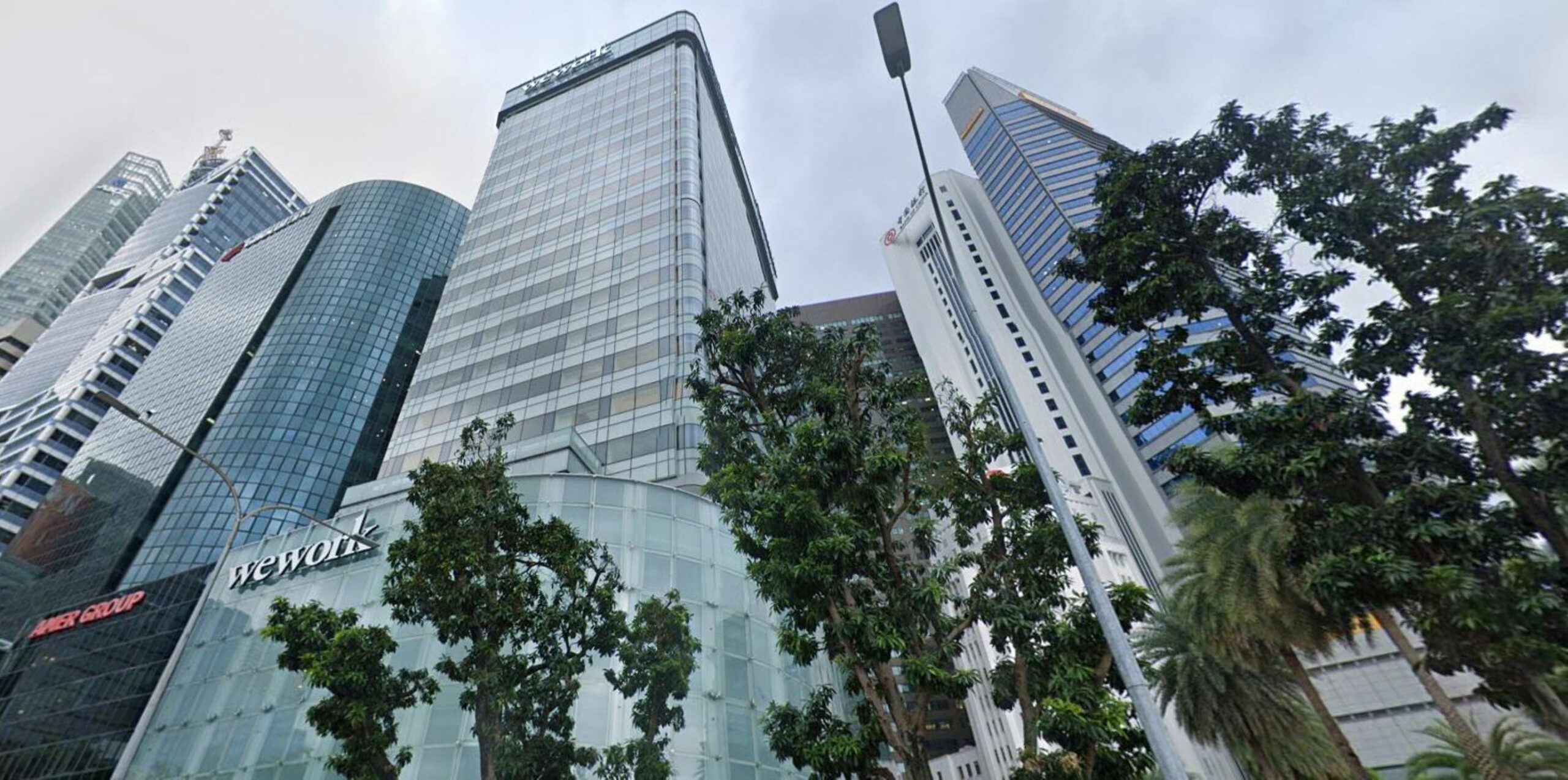Near Miss: Asteroid Strikes Earth Hours After Detection

The European Space Agency has revealed that an asteroid, named 2024 UQ, entered Earth's atmosphere and burned up just hours after its detection last month. This marks the third instance this year where a space rock has been spotted imminently before impacting our planet, making it the tenth such occurrence on record.
The asteroid, measuring approximately one metre across, was initially spotted on 22 October by the Asteroid Terrestrial Impact Last Alert System (ATLAS), a network of telescopes dedicated to scanning the skies for potential threats from space.
"ATLAS survey obtained images that included detections of a small object in a high-probability collision course," the agency noted in its latest newsletter. However, due to the object's position near the edge of two adjacent fields of view, it was only identified as a moving object a few hours later. By the time data about the asteroid reached monitoring systems for analysis, the impact had already occurred.
2024 UQ posed no threat to life on Earth, but the event highlights the increasing ability of space agencies to detect and track potential hazards. Two other asteroids, 2024 BX1 (measuring approximately one metre across) and 2024 RW1, were detected just hours before striking Earth in January and September respectively, causing spectacular fireballs over Berlin and the Philippines.
While small asteroids like these frequently enter Earth's atmosphere, they are rarely noticed before impact. Typically, they pose little risk, but larger objects can be significantly more dangerous. The 2013 Chelyabinsk meteor, which measured approximately 20 metres across, exploded over the Russian city, releasing energy equivalent to 30 atomic bombs. The blast damaged buildings, shattered windows, and injured nearly 1,500 people.
This event underscores the importance of continued investment in planetary defence. Space agencies worldwide are actively developing systems to detect and track potentially hazardous asteroids. These efforts include conducting asteroid impact simulations to estimate the damage caused by different types of collisions and developing effective response strategies.
NASA's upcoming NEO Surveyor, an infrared telescope, is designed to detect potentially hazardous space rocks heading towards Earth. This increased vigilance will enable us to better understand and prepare for the possibility of future asteroid impacts.





